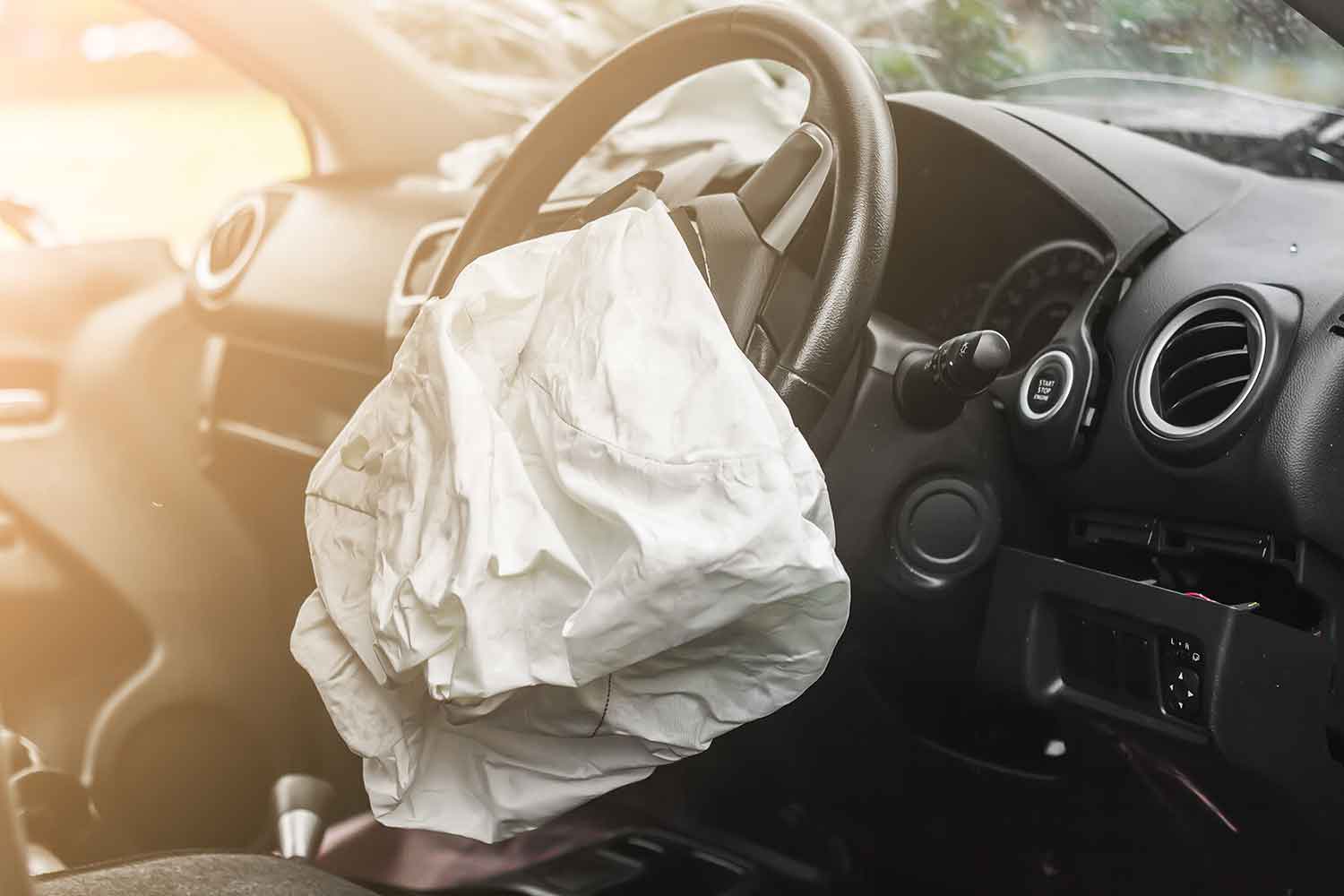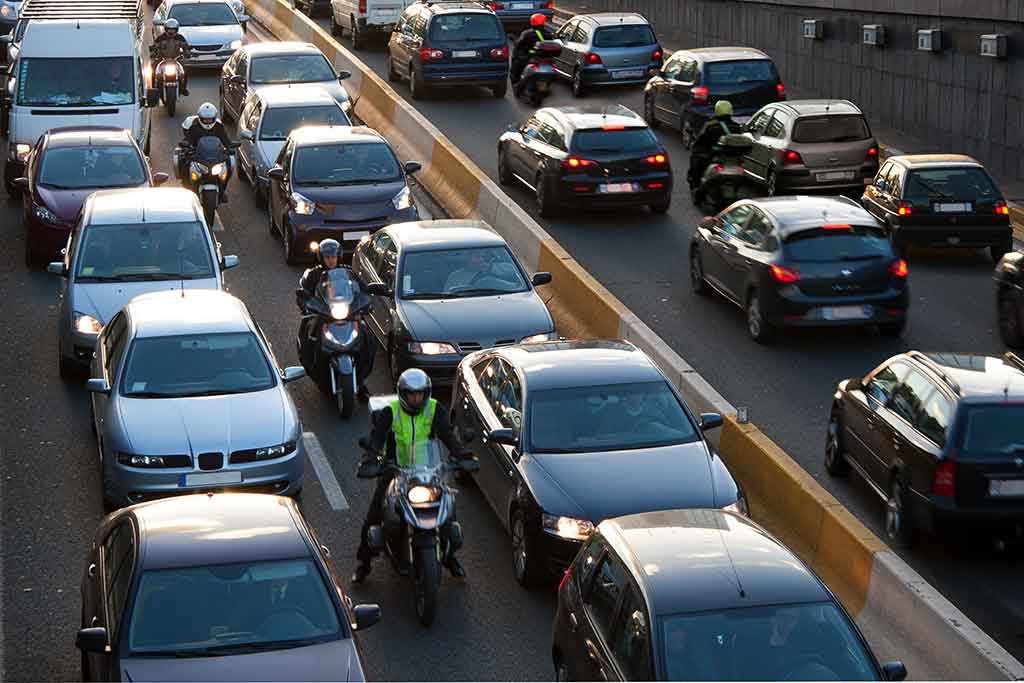 Car Accidents
Car Accidents
How To Reject an Insurance Offer for a Car Accident
Jun 14, 2017 | Read Time: 3 minutesGetting help as soon as possible is important after a car crash. Personal injury lawyer Michael Beliz provides free consultations. Reach out today if you need help. Should I Accept the Insurance Company’s Settlement Offer? If you have been in a car accident and followed the proper procedures for filing a claim, then the next step is waiting for the car insurance adjuster to offer you a settlement. Settlement offers offer compensation for your injuries and damages. They also “settle” or “end” your claim. By accepting the settlement, you also release the insurer and driver from further liability. Most people assume they have no option but to accept an insurance company’s offer. Even if they think that it is lower than they deserve, they feel pressure to accept. However, this is not the case. In fact, rejecting the first settlement offer almost always happens. Here is what you need to know about how to reject an insurance settlement offer for a car accident– Step One: Determine What Your Accident Is Worth When you make a claim through the other party’s insurance company, you should know the claim’s value. If you have not met with a legal professional who can help you determine the value of your claim, now is the time to do so. You and your attorney should work together to determine the amount of compensation that you are willing to accept. To find this, you should calculate: Past and Future medical expenses; Lost wages and lost of earning capacity; Property damage; and Noneconomic damages (e.g. pain and suffering damages) you have suffered. Step Two: Make a Demand for Compensation in Writing You want to put all the details of the your accident and your losses in a writing. This writing is a Demand Letter, and should include the following: How the accident took occurred; Reason why the insurance driver is negligent for the accident; A summary of your damages; and Your demand amount. In addition to a Demand Letter, you want to put together a Demand Package. A Demand Package consists of documents to make your claim stronger. The documents should include the following: Traffic Collision Report; your medical records and bills; loss of earning receipts; and photos of the accident scene and your injuries. The point of the Demand Letter and Package is to persuade the other person’s insurance company to compensate you for your injuries. Step Three: Negotiate After the insurance adjuster receives your Demand Letter and Demand Package, they will likely contact you by either phone or mail. The insurance adjuster will accept the demand, reject the demand, or offer you a compensation amount lower than your demand amount. This is when the negotiations process begins. This is where you need to understand and know the value of your claim. When negotiating, you will always want to start out high since you will probably have to compromise and lower your demand during talks with the insurance company. You also need to know the minimum amount you will accept. Negotiations may last days, weeks, or even months. It depends upon the nature of your case and how much you are seeking. If you cannot reach a settlement agreement, you may have to engage in mediations with a third party. Finally, you may have to file a lawsuit and take your case to court. Again, you should work with an attorney during the negotiations process. An experienced attorney will bring negotiation skills to the table. They will represent you and speak on your behalf during the process. Our Law Firm Can Help You Reject a Low Settlement Offer It is common to receive a settlement offer that is lower than you expect. But you don’t have to accept that first settlement offer from the insurance company. Our law firm can help you to reject this offer and negotiate for one that matches the extent of your losses. Long Beach car accident lawyer Michael Beliz is ready to talk. Call us today at (562)452-3772 to schedule your free consultation.
Continue Reading

